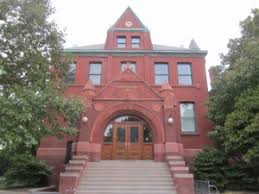Architecture Program
Date of this Version
2021
Citation
From: Rumiko Handa, Presenting Difficult Pasts Through Architecture: Converting National Socialist Sites to Documentation Centers (Routledge, 2021), pp. 1–9.
Abstract
This study deals with the question of how architectural design, when applied to historical places, can assist in bringing an extremely difficult – notable and troubling – past to the present in meaningful ways. In particular, it examines postwar architectural designs that converted National Socialist perpetrators’ places into documentation centers on National Socialism whose explicit purpose is, above all, to present and discuss the community’s involvement in the National Socialist ideology and actions.
Although the cases I have selected for close study vary stylistically and in many other ways, these centers have a number of common attributes that make the comparison valid. First and foremost, they not only exhibit the history of National Socialist operations but also deal specifically with the themes of the city’s and its citizens’ involvements in the movement and regime. Second, they are authentic sites, being located at historical places where National Socialist operations actually took place. Third, they were the perpetrators’, as opposed to the victims’, places. Fourth, they are in a city, which makes them part of everyday life for many. Because they shared these conditions, the selected centers faced the same set of challenges: how to make present the history of National Socialism and the community’s involvement as its agents, corroborators, or bystanders in an authentic perpetrators’ place, where evil deeds were conceived, but in a place that also had a prior history of peace and is now part of people’s everyday life.
Included in
Cultural Resource Management and Policy Analysis Commons, Historic Preservation and Conservation Commons


Comments
Copyright © 2021 Rumiko Handa. Used by permission.